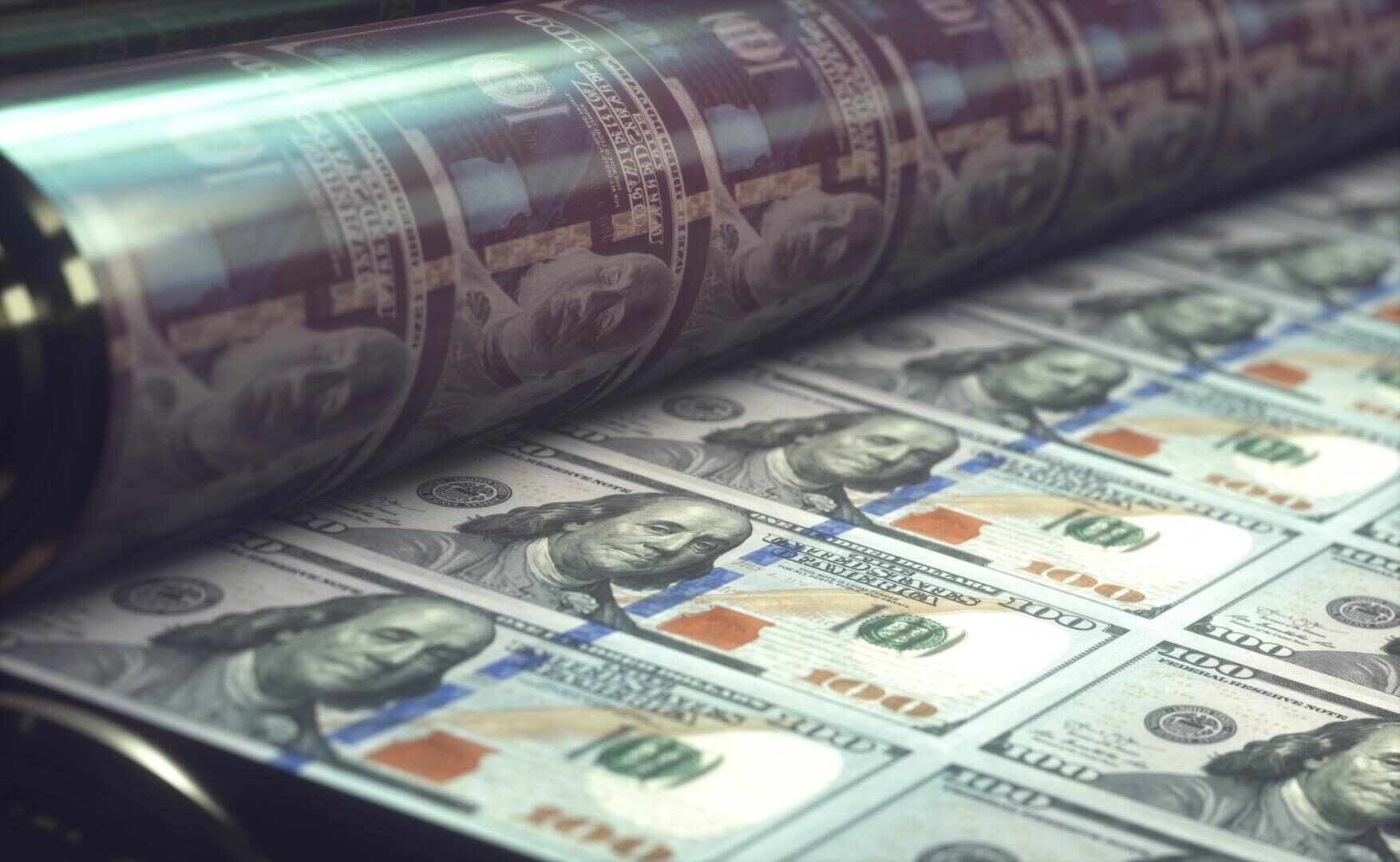The governor of the Bank of England, Andrew Bailey, wrote a letter to the G20 yesterday stating that the Financial Stability Board (FSB) — the forum’s financial overseer, which Bailey was appointed to head in April — is assessing the role of stablecoins in payments and settlements as a top priority.
To the point: an analyst at Standard Chartered says that, once stablecoins hit the $750 billion mark, they may begin to influence the structure of U.S. Treasury markets. (Their market cap is currently at roughly $258 billion according to DefiLlama.)
STORY CONTINUES BELOW
We also have Deribit making it possible for USDC holders to earn 4% yield, a crypto startup called Dakota raising $12.5 million to make it easier for businesses to move funds from U.S. dollars to stablecoins, and back again.
These four headlines are all from today, and they’re nothing out of the ordinary. We are used to seeing an abundance of news, every day, about stablecoin adoption. “Stablecoins are crypto’s killer app” has become a motto almost akin to “stay humble, stack sats.”
The underdiscussed winners of the stablecoin growth are market makers — the outfits that provide liquidity to crypto markets and ensure trades are executed efficiently. Kevin de Patoul, CEO of global investment firm Keyrock, recently told CoinDesk that demand for bitcoin and stablecoins outshined demand for any other type of cryptocurrencies by a wide margin.
Even more interesting, demand for stablecoins is increasingly coming from companies that aren’t crypto native, but consider stablecoins as a genuinely superior technology for international payments.
“That’s really been a change over the last year and a half, seeing those assets being used for their superior efficiency, rather than simply a way to gain exposure to crypto,” he said.
Stablecoins will show the way for the tokenization of stocks, money market funds, and other, stranger types of financial products. De Patoul expects the financial system’s backend will be completely updated to improve user access to these vehicles.
While tokenization is a bit of a newer and shinier concept for crypto natives — a little more like bleeding edge tech — stablecoins, with their “mind-boggling” potential, will likely remain the bigger story for years to come, De Patoul said.
“Eventually, 50% of global payments are going to be made in stablecoins,” he said. “Stablecoins are going to continue to be the biggest use case for digital assets for the next few years.”


